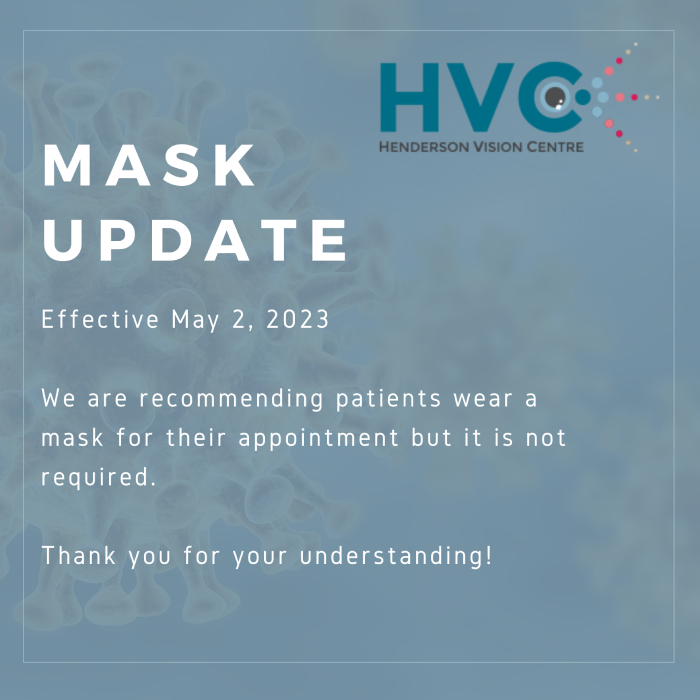In a normal eye, when you blink it spreads a film of naturally occurring tears that acts as lubrication making the surface of the eye smooth and clear. If you don’t produce enough of the right quality years you can develop dry eye; an uncomfortable and recurring condition.
Our tears are made up of 3 layers consisting of an oily layer, a watery layer and a layer of mucus. The main purpose of this cocktail is to smooth the eye’s surface (like self leveling viscous materials) and provide a barrier to reduce evapouration. If the natural make up of your tears is lacking in any of these 3 layers, you can experience discomfort and, coincidentally, produce more low quality tears than necessary leaving you with watery, dry eyes. In this situation, the eye’s natural response to irritation is counter-productive.
Dry eye1 is not always a curable disease, but is a manageable one.
Causes and Symptoms of Dry Eye
There are several things that can contribute to dry eyes including prolonged exposure to a dry environment, age or medications. Certain medical conditions can also bring on dry eye including rheumatoid arthritis, lupus, scleroderma, Sjogren’s syndrome, thyroid disorders and a vitamin A deficiency.
Typically affecting both eyes at a time, some signs and symptoms include:
- Eye Redness
- Burning sensation in your eyes
- Stringy, or thick mucus from your eyes
- Light sensitivity
- Contact lenses become uncomfortable
- Watery eyes, as mentioned above, being a natural response to irritation
- Eye fatigue and blurred vision.
If you are currently on any medications and experiencing these symptoms, it is best to connect with your pharmacist before introducing anything new to your regimen.
Complications can occur in people who are experiencing these symptoms so it’s important to monitor any prolonged signs that you may be struggling with dry eye. These complications include eye infections, damage to the corneal surface and difficulties to perform everyday tasks causing a decreased quality of life.
Treatment for Dry Eye
For most, occasional dry eye can be treated with over the counter eye drops, changes in exposure to your environment or adding a humidifier to your your office or home. If steps have been taken and your symptoms persist, medical intervention may be necessary. It is always best to check first with our optometrist to discuss the right treatment plan for you. Some treatments can manage the symptoms, and some can manage the underlying factor resulting in your dry eye diagnosis.



